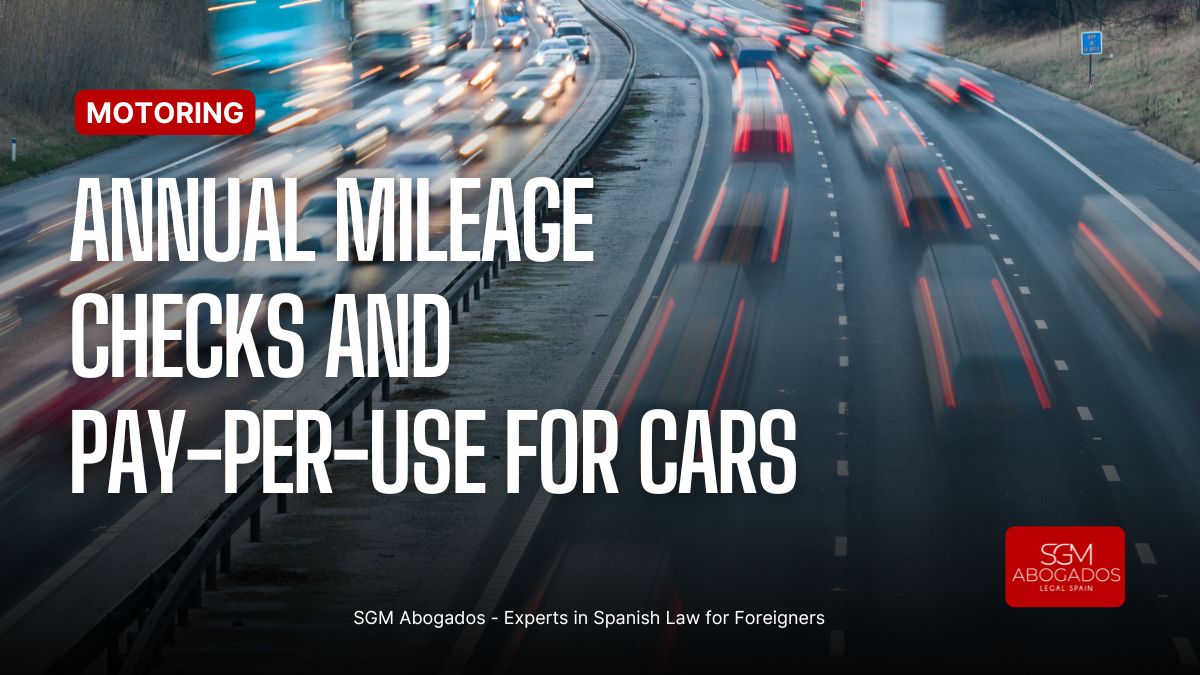A Bank that Pays you to Walk or Run!
Abanca, a Spanish bank, has introduced a novel savings account that provides rewards for reaching daily step targets through walking or running.
This innovative account, named B100 ‘Healthy Banking,’ offers customers up to 3.4 percent APR (with a maximum deposit limit of €50,000) if they achieve their designated daily step goals.
At an event in Madrid, Galician bank Abanca unveiled this groundbreaking account as part of its commitment to promoting both customer health and environmental sustainability.
Jorge Mahía, the executive director of B100, emphasized the unprecedented nature of this initiative, stating, “No other bank worldwide has previously linked savings with health in such a direct and beneficial manner.”
Moreover, Abanca pledges to donate 25 percent of the proceeds generated from its ‘Pay to Save’ card to Gravity Wave, a Spanish start-up dedicated to combating oceanic plastic pollution.
To participate in the Healthy Banking program, users can synchronize their health apps or step trackers with the B100 platform and establish daily activity objectives. Meeting these objectives entitles them to earn 3.4 percent interest on their savings.
According to Mahía, this account boasts one of the most competitive interest rates available and represents the first financial product to merge health incentives with banking services.

While the interest rate may be subject to fluctuations based on broader market trends, Abanca assures customers that it will consistently remain within the higher end of the spectrum. “We prioritize the well-being of our clients over profit,” Mahía affirmed.
So, how does it function? Essentially, the savings scheme incorporates predefined health targets established by the bank, typically ranging from 6,000 to 20,000 steps daily. As Paloma Barreiro, Abanca’s head of digital products, explained, “The greater the challenge, the greater the potential savings.”
For instance, achieving 6,000 steps per day would automatically allocate €4 to the savings account, while 15,000 steps would result in €15. Reaching the maximum target of 20,000 steps yields a daily reward of €30.
Consequently, over the course of a year, individuals could potentially accumulate savings of nearly €11,000 if they consistently meet the 20,000-step goal on a daily basis.











